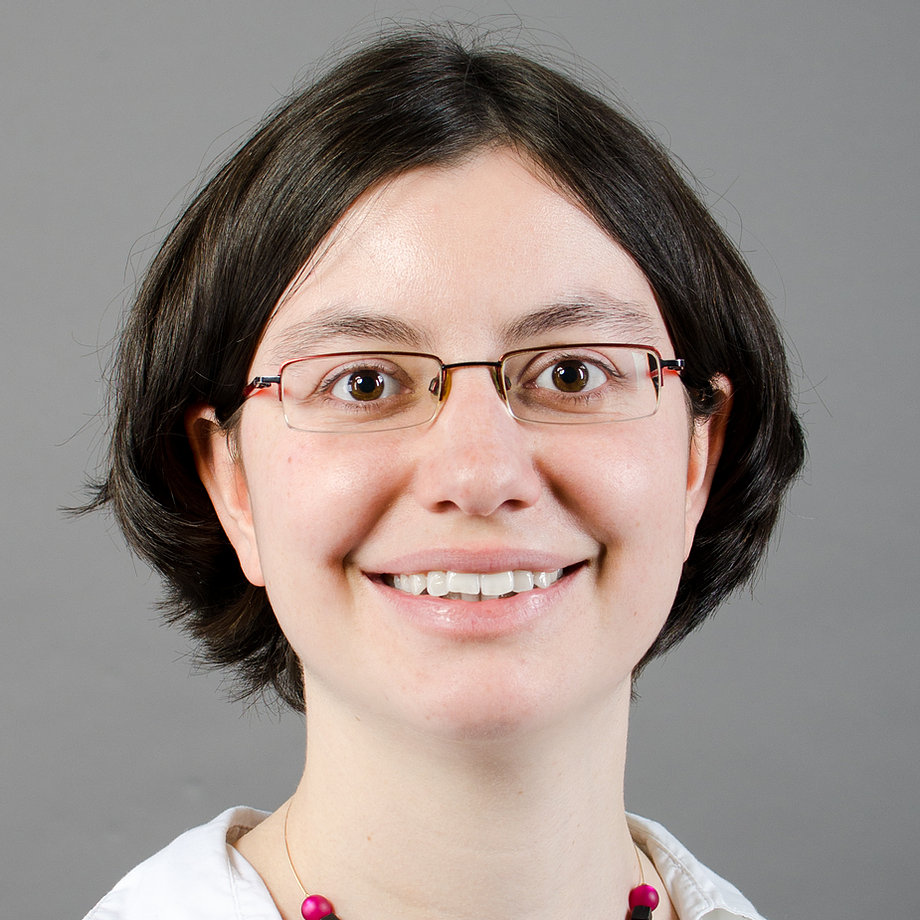


Organic light-emitting diodes (OLEDs) possess unique properties compared to traditional light sources: large-area emission, fabrication on plastic films, tuning of emitted spectrum and angular distribution, and structuring to high-density arrays. Nowadays, OLED displays containing millions of pixels are applied in most smartphone displays. Besides consumer electronics, the properties of OLEDs make them also highly attractive for biological applications. Here, optical interfaces are used to image cells, understand their function, and, more recently, also to control the activity of neurons through a method called optogenetics. In our research, we tailor OLED properties specifically to these applications by making OLEDs flexible and water-proof, improving the brightness, adjusting the spectrum, and by patterning the devices to the size of individual cells. In my talk, I will show our recent development in these areas and I will present how OLEDs can be used to control and read out neuronal activity.
Dr. Caroline Murawski received a PhD in physics from the TU Dresden in 2015 working on excitonicprocesses in organic light-emitting diodes under the guidance of Prof Karl Leo. Subsequently, she performed postdoctoral research under a Marie Curie fellowship in the group of Prof MalteGather at the University of St Andrews, UK. She joined Kurt-Schwabe-InstitutfürMess-und SensortechnikMeinsberge.V. as junior research group leader in 2018, where she is now working on new applications of organic semiconductor materials in biophotonicsand medicine.



Organic light-emitting diodes (OLEDs) possess unique properties compared to traditional light sources: large-area emission, fabrication on plastic films, tuning of emitted spectrum and angular distribution, and structuring to high-density arrays. Nowadays, OLED displays containing millions of pixels are applied in most smartphone displays. Besides consumer electronics, the properties of OLEDs make them also highly attractive for biological applications. Here, optical interfaces are used to image cells, understand their function, and, more recently, also to control the activity of neurons through a method called optogenetics. In our research, we tailor OLED properties specifically to these applications by making OLEDs flexible and water-proof, improving the brightness, adjusting the spectrum, and by patterning the devices to the size of individual cells. In my talk, I will show our recent development in these areas and I will present how OLEDs can be used to control and read out neuronal activity.
Dr. Caroline Murawski received a PhD in physics from the TU Dresden in 2015 working on excitonicprocesses in organic light-emitting diodes under the guidance of Prof Karl Leo. Subsequently, she performed postdoctoral research under a Marie Curie fellowship in the group of Prof MalteGather at the University of St Andrews, UK. She joined Kurt-Schwabe-InstitutfürMess-und SensortechnikMeinsberge.V. as junior research group leader in 2018, where she is now working on new applications of organic semiconductor materials in biophotonicsand medicine.